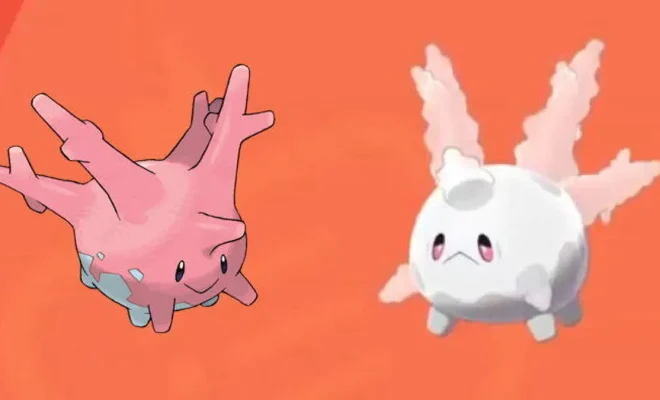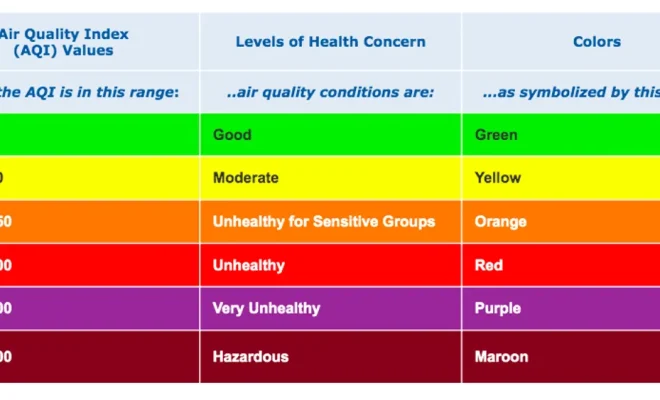Pokemon have been affected by climate change in Sword and Shield

Introduction
Climate change is an issue that affects not just the real world, but the universe of Pokémon as well. In the Galar region, featured in Pokémon Sword and Shield, we see evidence of how changes in the environment have influenced Pokémon behaviors and adaptations. This article examines the effect of climate change on Pokémon interactions and their natural habitats within the Galar region.
Shifting Habitats
The most noticeable change stemming from climate change on Pokémon is the shift in their natural habitats. Due to fluctuating temperatures and weather patterns, some Pokémon species have migrated to new areas to find more suitable living conditions.
For example, Galarian Corsola, a variant of Corsola typically found in tropical waters, has been forced to adapt to colder waters due to rising sea levels and warmer ocean temperatures. As a result, Galarian Corsola has developed a ghostly appearance compared to its coral-like form seen elsewhere.
Altered Behaviors
Another impact of climate change on Pokémon is the alteration of their behaviors. Unusual weather patterns have led some Pokémon to adopt new strategies for survival or even form unexpected alliances with one another.
An example of this can be observed in Cramorant, a water and flying-type bird Pokémon known for swallowing fish whole. In response to dwindling fish populations due to warming ocean temperatures, Cramorant has been known to store Arrokuda or Pikachu instead, demonstrating an adaptation to new prey sources.
Form Changes
Certain Pokémon forms have also arisen as a direct result of climate change. These transformations help them better adapt to their ever-changing environments.
One such example is Galarian Darmanitan, which boasts an Ice-type form as opposed to its Fire-type counterpart found in other regions. This adaptation allows Galarian Darmanitan to survive and thrive in snowier climates brought about by changing weather patterns.
Curated Ecosystems
As the Galar region’s natural balance shifts, human intervention has become more prevalent in an
attempt to preserve threatened species and their habitats. The Wild Area, a vast expanse where trainers can find and capture a wide variety of Pokémon, is managed through the use of climate control technologies that allow for different ecosystems to coexist.
While this may be beneficial for maintaining Pokémon populations, it raises concerns about the ethical implications of curating their habitats and whether or not true environmental balance can be achieved in this manner.
Conclusion
In conclusion, climate change has greatly impacted Pokémon in the Galar region found within Sword and Shield. Shifting habitats, altered behaviors, form changes, and curated ecosystems provide insight into the consequences that climate change has on these beloved creatures. It serves as a reminder that preserving our environment is not only essential for our survival but also for the many diverse species we share our planet with – virtual or otherwise.






